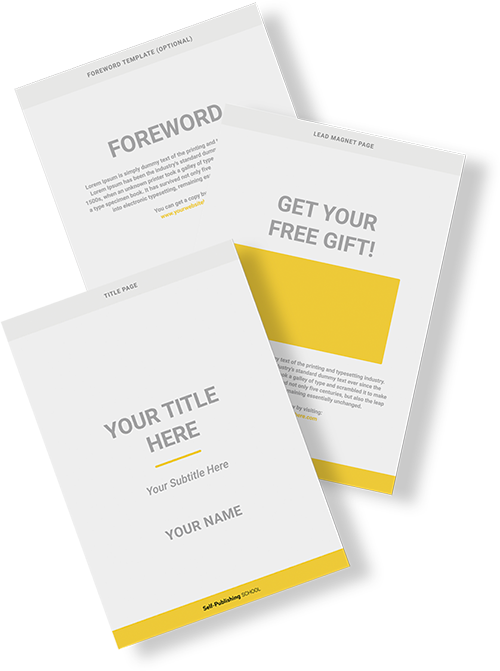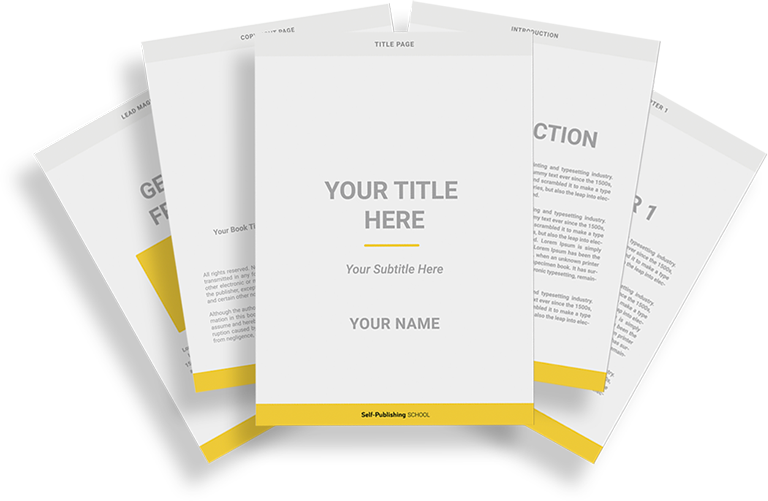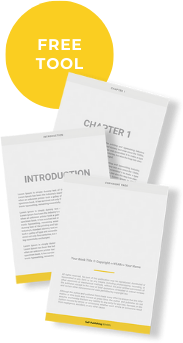Writing with juxtaposition is a writing skill that often requires practice to execute effectively. It is when you take two or more elements and put them close enough for your reader to compare or contrast them. It should be used intentionally, and it’s easy to get wrong!
There are many potential types of literary juxtaposition, so let’s look at what it is, how to use it, and a few examples.
Types of literary juxtaposition:


Book Outline Generator
Choose your Fiction or Nonfiction book type below to get your free chapter by chapter outline!
Book Outline Generator
Enter your details below and get your pre-formatted outline in your inbox and start writing today!
CONGRATULATIONS
Thanks for submitting! Check your email for your book outline template.
In the meantime, check out our Book Outline Challenge.

What is juxtaposition?
Juxtaposition is a literary device where the author places two or more elements in close proximity to highlight their contrasting or comparative qualities. These elements might be words, phrases, concepts, or images—juxtaposition is used in visual art as well.
This is a common technique that’s meant to emphasize certain ideas within the text, provoke thought and/or emotion in your readers, create irony, or generally Make A Point.
A writer might juxtapose two characters with opposing traits, beliefs, or goals in order to highlight certain aspects of one or both characters. This can also create tension or conflict in the story. A character meant to contrast with the main character is called a character foil.
Juxtaposition is a versatile tool to keep in your lil writer’s workshop—it’s the author’s circular saw—to reach a wide variety of emotions, as well as establish themes, develop allegory, and countless other uses. Let’s look at some examples and tips for writing with juxtaposition!
Different types of juxtaposition
Nearly anything can be juxtaposed! All you need are two elements that can be compared and contrasted, then you drop them in close enough proximity for your reader to make the connection. Let’s look at a few specific categories.
1. Character juxtaposition
This might be the most common type of literary juxtaposition—like we mentioned with character foils. In fact, you can typically find a juxtaposition of this type in almost any novel. For a famous example, look to Romeo and Juliet: Romeo (impulsive, young, romantic, often not too logical) and Mercutio (practical, level-headed, reasonable) juxtapose one another.
2. Word juxtaposition
You’ll see word juxtaposition more often in songs or poems than you might see in novels. Let’s look at the master of wordplay, Dr. Taylor Allison Swift. In the song Red, we get this line:
Loving him is like driving a new Maserati down a dead-end street
Taylor Swift
Faster than the wind, passionate as sin, ending so suddenly
The juxtaposition here is the freedom and excitement of driving an expensive car, placed next to the realization that a dead-end street is inevitable. This gives us the picture of a passionate and short-lived romance.
3. Setting juxtaposition
Setting juxtaposition is an avenue for worldbuilding and metaphor. In The Hunger Games, we see where Katniss grew up—the poverty-stricken District 12. Everything is gray and old and covered in dust from the coal mines. The people are bent and broken (and covered in dust from the coal mines).
Later in the book, we see The Capitol. It’s offensively colorful. People are decorated like Christmas trees in a Dr. Seuss book, and every inch of the landscape drips with exorbitant hedonism.
This setting juxtaposition obviously highlights wealth hoarding and income disparity.
4. Time juxtaposition
You can create juxtaposition within the timeline of your story, as well. Pairing flashbacks with flashforwards or current narratives can emphasize differences and similarities for the reader.
For an example of time juxtaposition, we can look to Gillian Flynn’s Gone Girl. The story takes place through the present-day perspective of Nick and the past journals of his wife, Amy. Each timeline has a shockingly different vibe—Amy tells the story of how they met and fell in love, when everything was hopeful and young. Nick is kind of the worst, and he’s become a bitter older man, hating his life and having affairs with students.
These two timelines tell different stories and show us different things about each character. Especially after the twist!
5. “Visual” juxtaposition
Visual juxtaposition is created through imagery in writing. Contrasting colors, sizes, and textures can be compared to emphasize the characteristics of one or all elements, draw comparisons for metaphor, and many other purposes.
We can go back to The Hunger Games to appreciate many examples of this type of juxtaposition. One of the main themes and concepts of the series is the wealth gap between the uber-rich and everybody else. Everything about them is starkly different, while a few similarities end up dictating the course of the story. For example, Katniss finds herself agreeing with Snow—President Coin should die. While they have very different reasons for this, it is ultimately a pivotal similarity between the characters.
This is nowhere near a complete list of the types of literary juxtaposition you can find and use in literature, but they are some of the major ones.
How to use juxtaposition in your own writing
Using juxtaposition can add depth, subtext, artistry, and complexity to your work. Here are some tips for using it effectively.
1. Choose your fighters
The elements you choose can make or break the juxtaposition. You need at least two elements. They can be characters, concepts, places, colors, sizes, words, word sounds—whatever you’d like. Select them based on what you’re trying to accomplish with the juxtaposition, and what would feel natural (unless your aim is unnatural) for your story and universe.
2. Establish the purpose
If you juxtapose things for no purpose or by accident, your readers will likely infer their own meaning, which may not work in your, or your story’s, favor. Make sure you have an intentional reason for utilizing a juxtaposition to avoid muddying the story.
3. Accomplish an effect
We want our literary devices to, duh, do something for the story. Once you’ve inserted your juxtaposition, step back and look at the story as a whole—is it doing what you wanted it to do? Be sure to get an outside opinion or two, and ask them how they interpret that juxtaposition.
4. Experiment
Juxtapositions can be hard to nail the first time—don’t be afraid to fiddle around with them! You might add, delete, and tweak them throughout the entire writing process. You may also find the reason for them becomes weaker or fully disappears, so make sure it stays relevant through to the final form.
5. Watch for opportunities
In creative writing, many things happen by accident. Memorable character traits, themes, metaphors, and juxtapositions. Keep an eye out for juxtapositions that happen naturally as you explore the first draft of your story, because it often comes off more natural to tweak existing elements into what you want, rather than fully inventing them just for the purpose of juxtaposing.
Mistakes to avoid with juxtaposition
1. Overuse
With any literary device or element, you can overdo it. If your entire piece is stuffed with constant contrast and comparison, it can dilute the impact. And probably gets a little annoying to read. So as with anything, use it intentionally and sparingly.
2. No goal
If there’s not a clear goal that works with the narrative, your juxtaposition might come off as a failed attempt to be clever. Be sure to have a purpose for using juxtaposition.
3. Forcing it
A forced juxtaposition sticks out like a forced metaphor does. Your readers might be able to see what you’re trying to accomplish, but forcing it in makes it so clumsy that you remind them they’re reading a book. It can ruin immersion, come off as amateur or tryhard, and make your story clunkier. Like we mentioned earlier, keep an eye out for juxtaposing opportunities that naturally occur in your writing. They might just need to be polished up, rather than built from scratch.
4. Not considering reader experience
A juxtaposition can go just as wrong as any other literary device. It should enhance the reader’s experience, giving them more insight, understanding, and connection with the piece. If your juxtaposition only serves to alienate, patronize, or confuse the audience, shuffle yourself back to the drawing board and try again.
Through juxtaposition, we can better navigate intricate concepts and emotions. We can highlight character traits and emphasize our themes. It’s a powerful tool with many uses.


Book Outline Generator
Choose your Fiction or Nonfiction book type below to get your free chapter by chapter outline!
Book Outline Generator
Enter your details below and get your pre-formatted outline in your inbox and start writing today!
CONGRATULATIONS
Thanks for submitting! Check your email for your book outline template.
In the meantime, check out our Book Outline Challenge.
